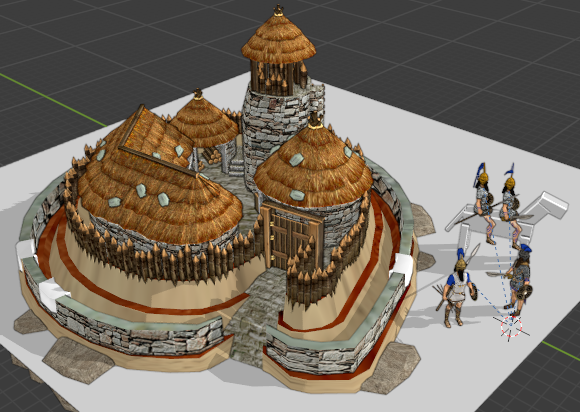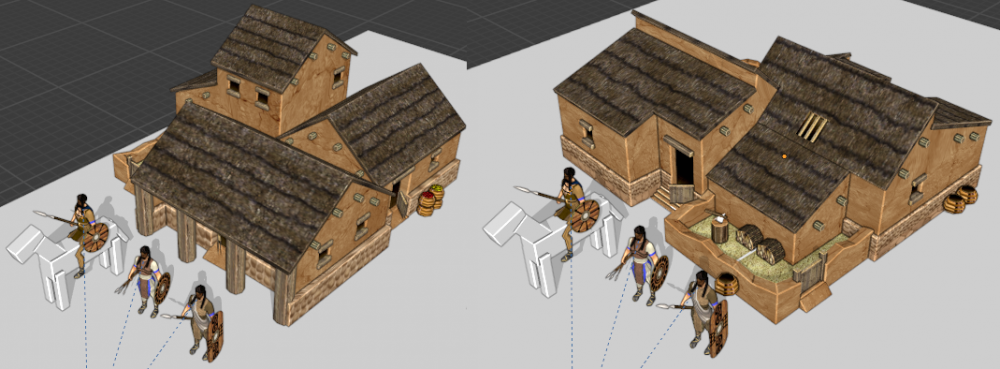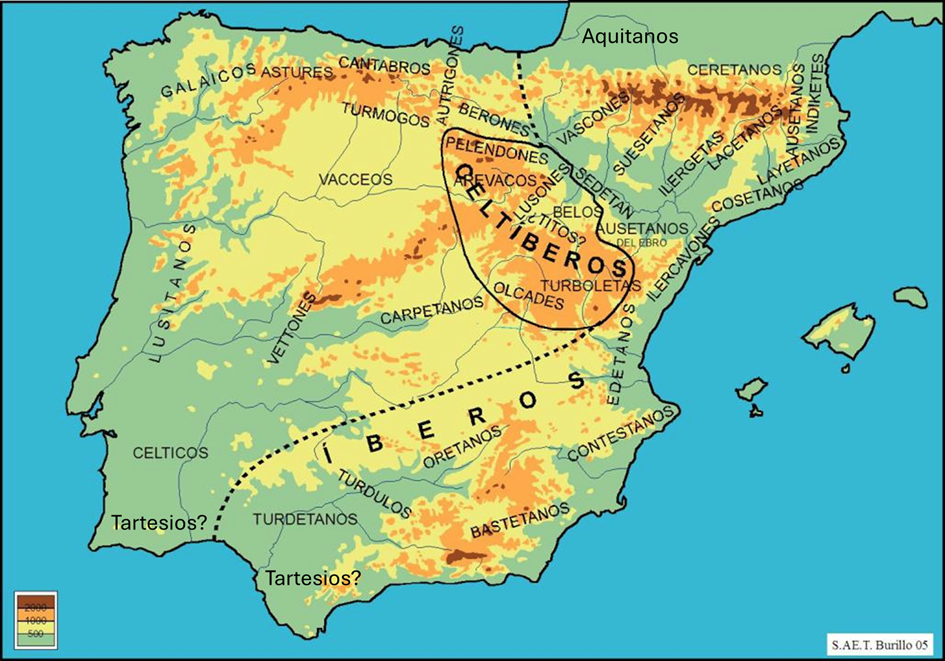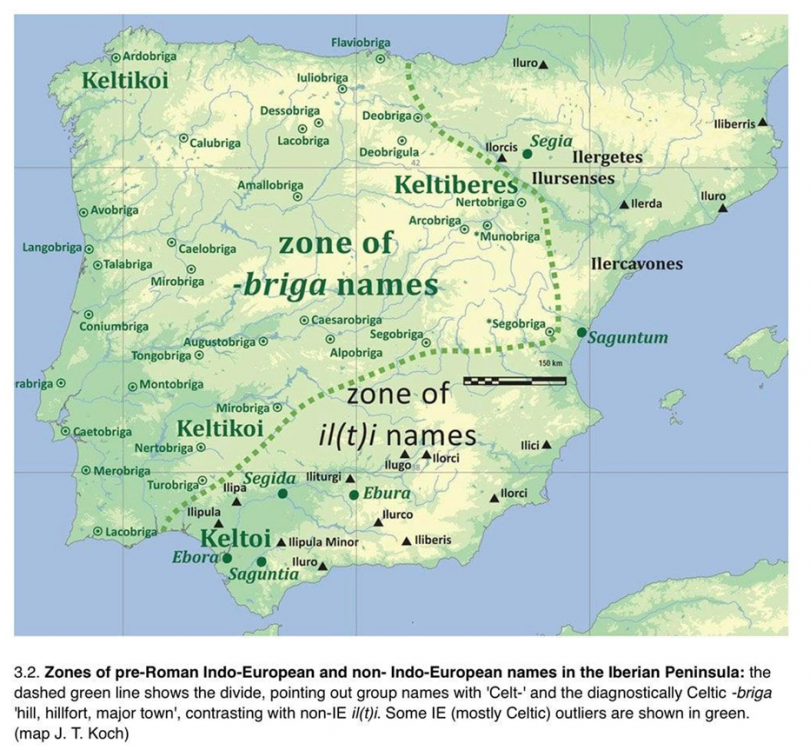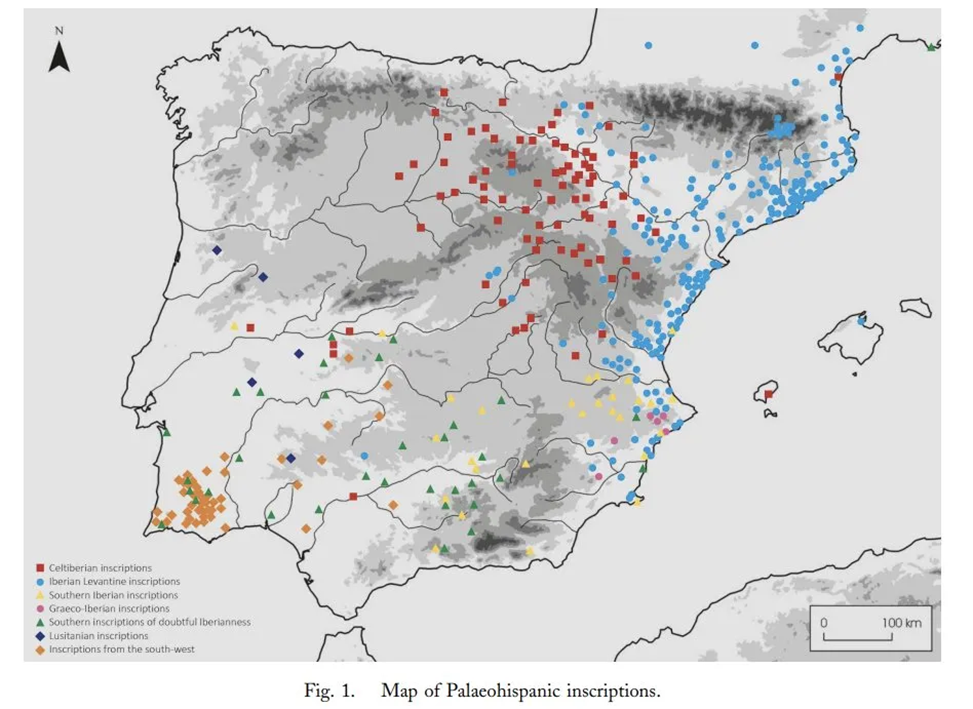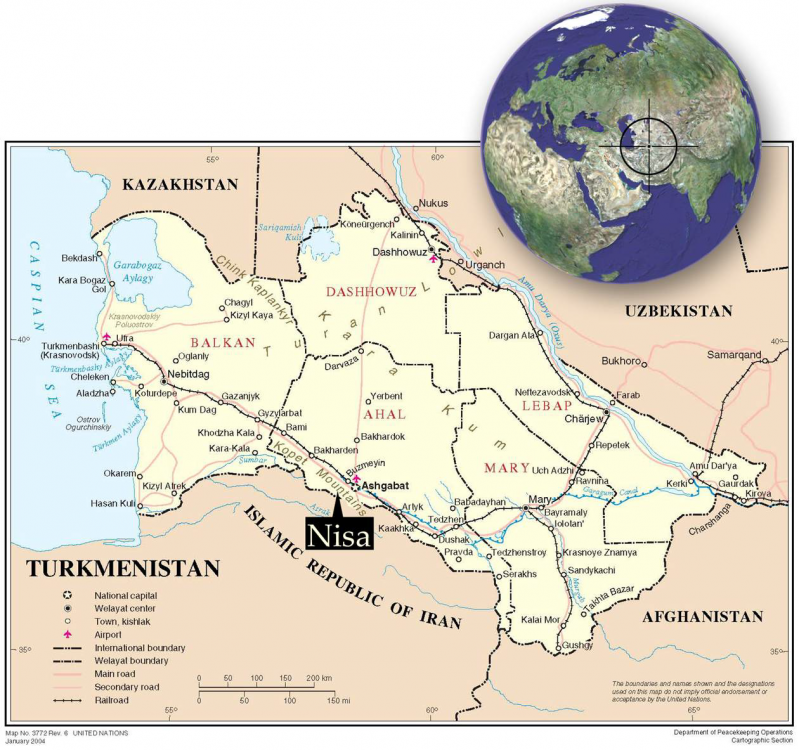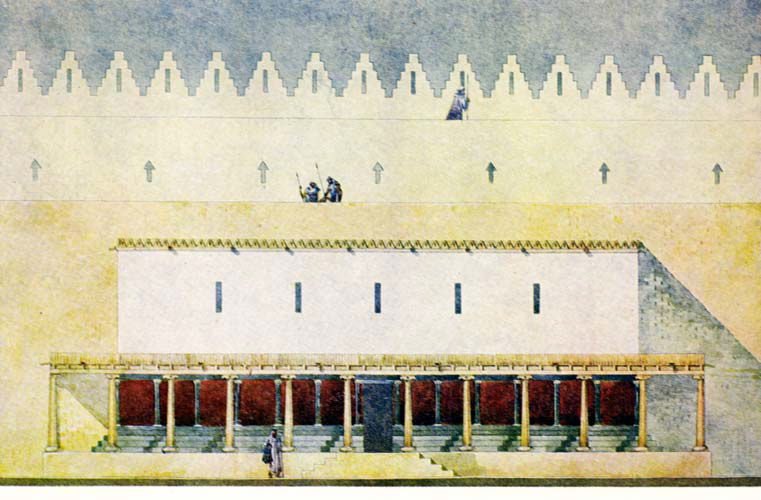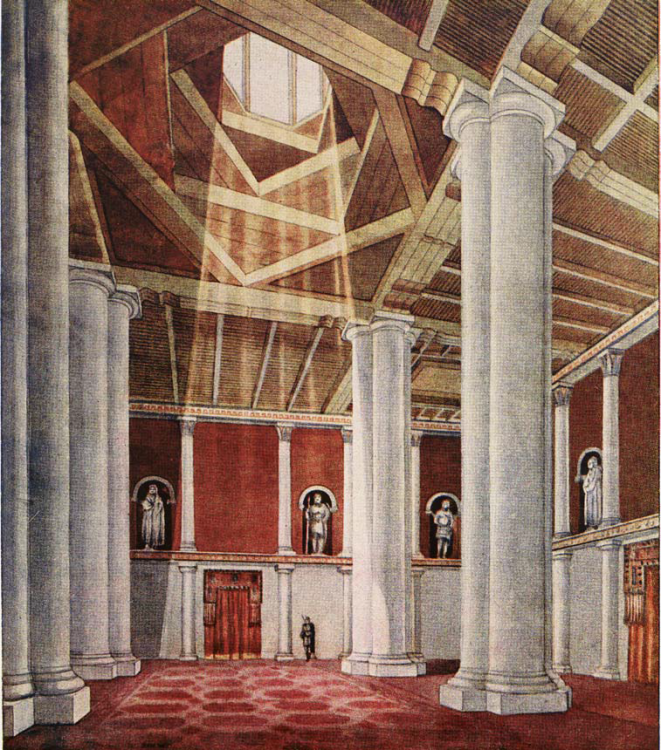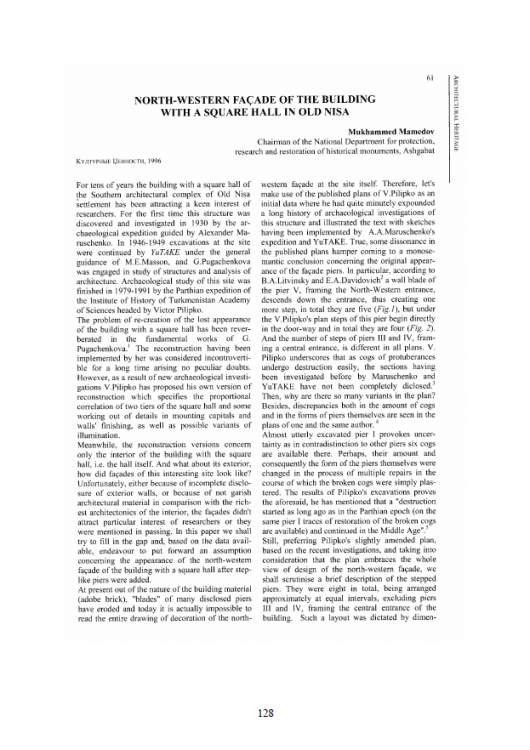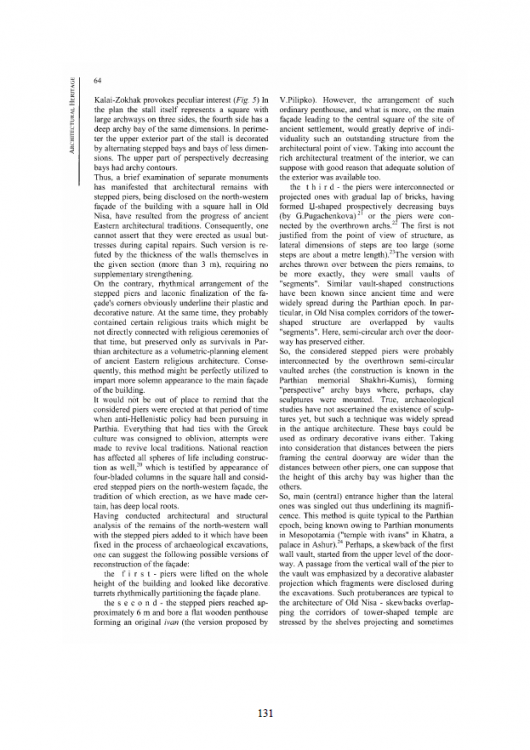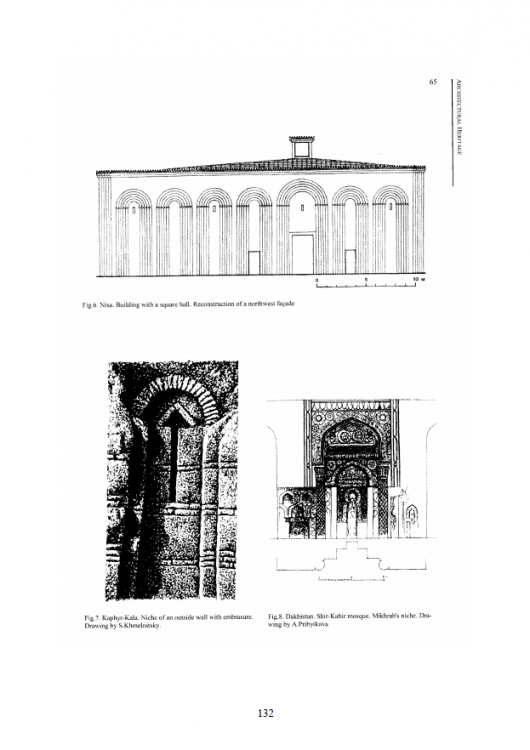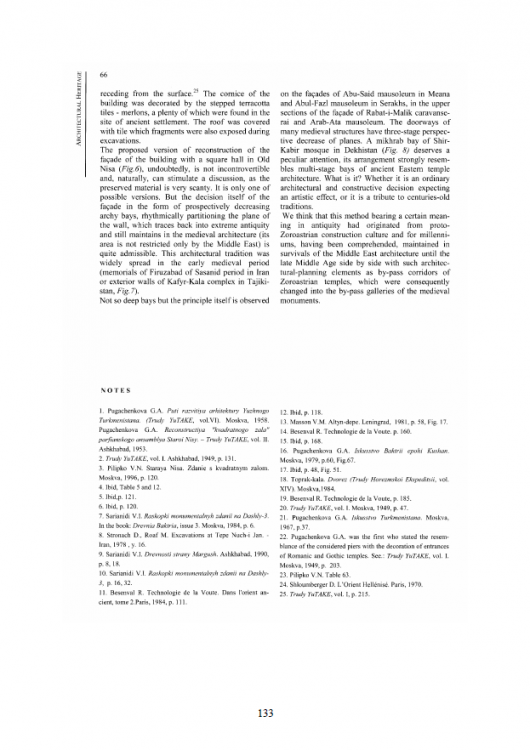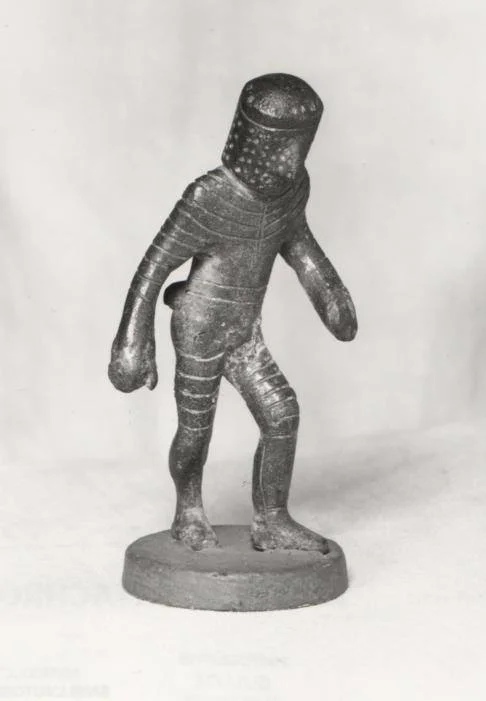-
Posts
2.379 -
Joined
-
Last visited
-
Days Won
80
Everything posted by Genava55
-
.thumb.jpg.b21ca1d0c15fb56b42c39b25a0a40815.jpg)
The Iberian conundrum - Solving a misleading patchwork
Genava55 replied to Genava55's topic in General Discussion
With how many civ? Celtiberians and Lusitanians ? Also Cantabrians ? -
.thumb.jpg.b21ca1d0c15fb56b42c39b25a0a40815.jpg)
The Iberian conundrum - Solving a misleading patchwork
Genava55 replied to Genava55's topic in General Discussion
Maybe it can start with a unique building, like a general embassy where you can recruit Viriathus or Caros or Corocotta. They would be unique heroes filling the unique slot the player can use for the hero. But each one of them can set a unique building to start the construction site. From these unique buildings, new units, techs etc. can be available. -
.thumb.jpg.b21ca1d0c15fb56b42c39b25a0a40815.jpg)
Civ: Germans (Cimbri, Suebians, Goths)
Genava55 replied to wowgetoffyourcellphone's topic in Delenda Est
This unit has been removed from the Britons due to a lack of historical accuracy. No zweihander. -
.thumb.jpg.b21ca1d0c15fb56b42c39b25a0a40815.jpg)
Civ: Germans (Cimbri, Suebians, Goths)
Genava55 replied to wowgetoffyourcellphone's topic in Delenda Est
Sure but why the Germans should have elite swordsmen and other civs not? It is the comparison and the coherence across the different rosters I am referring to. -
.thumb.jpg.b21ca1d0c15fb56b42c39b25a0a40815.jpg)
The Iberian conundrum - Solving a misleading patchwork
Genava55 replied to Genava55's topic in General Discussion
That's the idea and I think we can even go a bit deeper than simple embassies, as Duileoga made a few good designs: -
.thumb.jpg.b21ca1d0c15fb56b42c39b25a0a40815.jpg)
Original 0 A.D. civilizations
Genava55 replied to Deicide4u's topic in Introductions & Off-Topic Discussion
Top new gameplay features in this release: New Celtic Factions:Britons and Gauls will now replace the generic Celtic faction. Each faction features some unique characteristics, along with shared Celtic units and buildings: The Britons have chariots, longswordsmen and powerful melee soldiers. Their special building is the kennel, which can train war dogs. These are both inexpensive and great for hunting and combat. Also, their heroes include Boudicca, queen of the Iceni, who led a revolt against the Roman Empire. As experts of metalworking, the Gauls have heavy swordsmen and heavy cavalry. Special building: The Rotary Mill, which is available in Town Phase, and is set to increase the food production of nearby farms in mid- and late-game. (This feature has not been implemented yet.) One of the Gauls’ heroes is Vercingetorix, chieftain of the Arverni tribe and enemy of Julius Caesar. https://play0ad.com/alpha-11-kronos/ Top new gameplay features in this release: New Hellenic Factions:Athenians, Macedonians and Spartans will now replace the generic Hellenic faction. Each features some unique characteristics along with shared Hellenic units and buildings: Receiving significant naval bonuses, the Athenians are the rulers of the waves. Special Buildings: Gymnaseion, Prytaneion (“Council Chamber”) and Theatron. Macedonians have a wide selection of units and siege engines, for a combined arms approach. Special buildings (in planning): Lighthouse and library. The Spartans can’t build stone walls, but as their soldiers are top-notch, their men serve as their walls instead. Special Building: Syssiton (“Military Mess Hall”). (Also, along the same lines, we have decided to include more factions in 0 A.D., beginning with the Mauryan Indians! Read on to find out how you can help.) https://play0ad.com/alpha-10-jhelum/ -
.thumb.jpg.b21ca1d0c15fb56b42c39b25a0a40815.jpg)
Original 0 A.D. civilizations
Genava55 replied to Deicide4u's topic in Introductions & Off-Topic Discussion
In 2012: In 2013: -
.thumb.jpg.b21ca1d0c15fb56b42c39b25a0a40815.jpg)
The Iberian conundrum - Solving a misleading patchwork
Genava55 posted a topic in General Discussion
This thread has been initiated to revisit the discussion concerning the historical accuracy of the Iberian civilization as depicted in the game. The aim is to consolidate relevant information, provide a comprehensive overview of the issue and its origins, and facilitate constructive dialogue focused on identifying potential solutions. At present, the primary concern regarding the Iberian civilization in 0 A.D. (A27 at the time of writing) is that it represents a composite of various groups from the Iberian Peninsula, encompassing populations with distinct languages and distinct historical backgrounds. This issue emerged early in the development of 0 A.D., largely because the Iberians were favoured by one of the project's key early contributors: https://play0ad.com/interview-of-tonto_real/ In this interview, there appears to be notable confusion between Celtiberians and Iberians, which may have been intentional. Geography and languages Unravel the origin of foreign assets The Iberian civ in 0 A.D. has three heroes: Caros is a Celtiberian chieftain leading the coalition during the second war, Viriato is Viriathus, a famous Lusitanian war leader who resisted Roman hegemony and finally Indibil is a chieftain of the Ilergetes, an Iberian people from the North-Eastern part of the peninsula. Therefore, only one of the three heroes is properly Iberian. The regular units are also making direct reference to other people with the skirmisher called “Lusitano Ezpatari” (which means Lusitanian swordsman but whatever), “Kantabriarko Zaldun” (Cantabrian cavalryman), the priestess of Ataekina/Ataegina (Ataegina was a goddess worshiped in the western part of the peninsula, probably a Lusitanian cult originally). There is also the “Leial Ezpatari” (loyal swordsman) which is a direct reference to the “devotio” reported by Romans to describe the vow of Celtiberian warriors to their patron/chieftain. There is also the issue that the chainmail body armor is used extensively by the units, while there is no evidence that the Iberians used it. It seems to have been adopted much later by a few Celtiberian and Lusitanian warriors, simply because those peoples have been subjugated after the Iberians. Both the wonder and the temple are based on the sanctuary of Cancho Roano, related to the Tartessian culture and abandoned around the 5th century BC. So, it is not purely Iberian, it depends on the interpretation of the Tartessian culture. It is a minor issue but I think it was important to mention it. For me, the problem with the current representation is that it is misleading. Players do not understand the differences between the various peoples mentioned, particularly the Lusitanians and the Cantabrians. Portraying them as an original component of the Iberians is awkward. Especially since it is historically confusing because the Lusitanians and Cantabrians appear quite late in the conflicts with Rome. Many wars between the Iberians and the Carthaginians and Romans never involved the Lusitanians or the Cantabrians. What are the possible solutions? 1. Clean up all foreign elements from the civilization and make it a purely Iberian civilization. This simply means removing and replacing assets. 2. Split the civilization into two or three. In particular, create a Lusitanian civilization and a Celtiberian civilization. This means removing and replacing assets for the Iberians. Then create new assets to make one or two other civilizations. 3. Keep the foreign elements within the Iberian civilization but separate them by having them appear in specific buildings, specific technologies, etc. to show that they belong to another culture neighboring the Iberians. My opinion Solution 3, keeping the foreign element but separating them and distinguishing them for the Iberian core, is the most compatible with the original vision of tonto_real (aka Ken Wood). It would also bring more diversity in the Iberian civ. We can for example add specific Lusitanian buildings to integrate them properly as allies, to distinguish them from the core roster. The effort is moderate. -
.thumb.jpg.b21ca1d0c15fb56b42c39b25a0a40815.jpg)
Why some Civs has their heroes at Fortress?
Genava55 replied to guerringuerrin's topic in Gameplay Discussion
What do you mean by "great Celtic towers" ? The brochs? -
.thumb.jpg.b21ca1d0c15fb56b42c39b25a0a40815.jpg)
Civ: Germans (Cimbri, Suebians, Goths)
Genava55 replied to wowgetoffyourcellphone's topic in Delenda Est
slōgijanaz / slōgijanōz based on slahaną, meaning slaughterer, striker -
.thumb.jpg.b21ca1d0c15fb56b42c39b25a0a40815.jpg)
Others RTS - Discuss / Analysis
Genava55 replied to Lion.Kanzen's topic in Introductions & Off-Topic Discussion
A video about RTS games in French -
.thumb.jpg.b21ca1d0c15fb56b42c39b25a0a40815.jpg)
Age of Empires 2 Definitive Edition
Genava55 replied to Lion.Kanzen's topic in Introductions & Off-Topic Discussion
Did the Mamluks really ride on camels, like we see in Age of Empires II? Did they fire arrows or throw scimitars? From the exhibition "Mamluks 1250-1517," curators Souraya Noujaim and Carine Juvin analyze this video game franchise and the representation of this warrior elite, described by Adam Isgreen, Creative Director of World's Edge, the studio behind the "Age of Empires" franchise. From June 10 to July 11, an exceptional program of content and events produced in partnership with World's Edge, Xbox and the Louvre Museum is available to the public! -
-
.thumb.jpg.b21ca1d0c15fb56b42c39b25a0a40815.jpg)
Age of Empires 2 Definitive Edition
Genava55 replied to Lion.Kanzen's topic in Introductions & Off-Topic Discussion
-
.thumb.jpg.b21ca1d0c15fb56b42c39b25a0a40815.jpg)
Spartan Olympic Champions renamed to Hippeis
Genava55 replied to Thorfinn the Shallow Minded's topic in Gameplay Discussion
-
A useful document: https://hal.science/hal-03117028v1/file/Proposition d'inscription Nisa TURKMENISTAN.pdf This is for adding the Fortress of Nisa to the UNESCO.
-
Implementing a feature based on slavery could make a lot of differences. Firstly, it would be much more realistic and historical. Secondly, it would bring more differences between civilisations because they didn't practice slavery in the same way. Thirdly, slaves could be much more efficient at harvesting resources. The citizen soldier would therefore be more versatile and more defensive.
-
Change is not inherently bad. It's just bad execution. There is clearly room for improvement in the implementation of territory and capture features. Changing the default is understandable.
-
Age of Empires has always had many excellent mods. The only constraint is that the definitive edition now receives numerous updates, which discourages modders.
-
Honestly, it was probably one of the clumsiest and most immature changes ever made. Currently it is a hidden feature most new players won't see and understand. The information is buried in the manual and the list of hotkeys. Clearly, it should have a button in the UI. Don't forget that you're in a bubble and that other people don't follow all your discussions all the time.
-
.thumb.jpg.b21ca1d0c15fb56b42c39b25a0a40815.jpg)
Others RTS - Discuss / Analysis
Genava55 replied to Lion.Kanzen's topic in Introductions & Off-Topic Discussion
-
Not really. Most of the accounts are rebellions against Rome, like Spartacus and Sacrovir. I think there is an account when Otho and Vitellius fought against each other, they recruited gladiators. But I don't think they fought with their gladiatorial weapons. We know however that experts from the Gladiatorial schools participated to the training of legionaries in the army, to teach them the use of weapons.
-
It is based loosely from a Roman bronze figurine depicting a sort of gladiators, generally interpreted as Crupellarii: In 21 AD during the reign of Emperor Tiberius, two Gaulic nobles named Julius Florus and Julius Sacrovir revolted against the Roman Empire. The revolt was a result of the denial of frequent petition for tax relief and debt forgiveness among Gaulic debtors. Florus and Sacrovir managed to raise an army of 40,000 rebels, some of whom were professional gladiators. Among those gladiators was the Crupellarius, a class of gladiator that was particularly popular in Gaul. The Crupellarius was a heavily armed and armored gladiator who was typically a very tall, large, and muscular man. Florus and Sacrovir placed the Crupellarii as the front ranks of their army, where they were to act as human tanks, pummeling and bashing through the Roman ranks. Once in battle, the Romans found that their gladii and pilum (javelins) were practically useless against the Crupellarius’ heavy armor. Thus, Roman soldiers retrieved their engineering tools such as axes, adzes, and pickaxes. Using them as weapons the Romans were able to pierce the Crupellarius’ heavy armor and batter down the behemoths. Once the Crupellarii were defeated, the remaining Gaulic rebels were slaughtered.
-
Une vidéo en français sur le Cirque Maxime:



